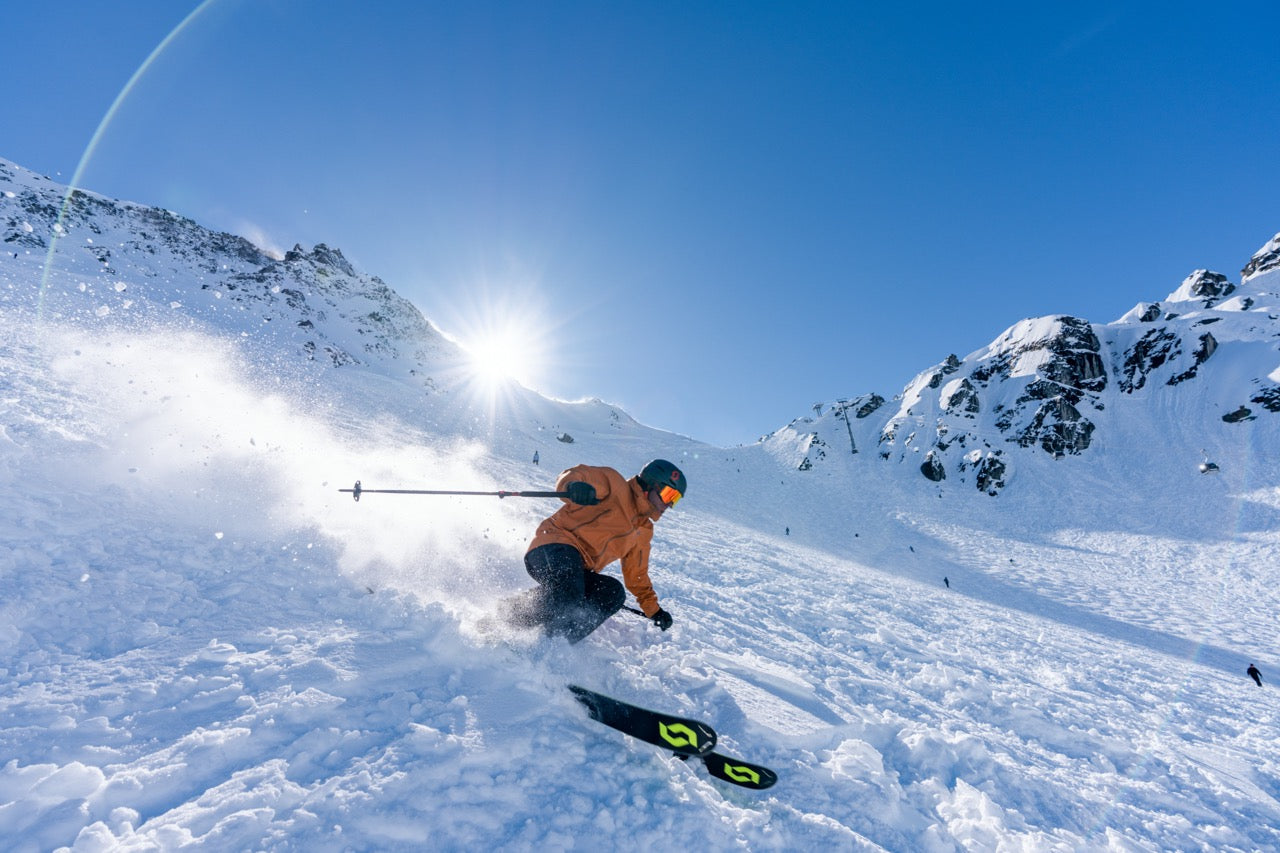
Choosing Snow Gear | Ski and Snowboard Pants and Jackets
Ensuring you have an enjoyable day on the mountain means dressing for the weather. There is nothing more likely to ruin your fun than feeling cold. And for the kids too - getting the right ski and snowboard gear can be the difference between a miserable day and one where everyone comes home stoked! In this blog we look at ski and snowboard jackets and pants... You can read part two of our blog, where we addressed the age old question of ski gloves vs mittens here and part one about ski goggles and helmets here.
One of the first things to consider when looking at what ski jacket or pants to buy is how you are going to use them! Are you someone who takes the occasional trip to a resort on bluebird days or do you enjoy back country skiing, whatever the weather? How you choose to use your clothing will determine the importance of factors like breathability, waterproofness and insulation.
Choosing Your Ski or Snowboard Jacket
Ski jackets come in all sorts of shapes, sizes and colours with different design and features. However, they can be categorised into three basic groups: shell jackets, insulated jackets and 3-in-1 jackets.
Shell Jackets
Shell jackets act as an outer layer to protect you from the elements. As can be guessed from the name, they don’t offer any insulation. Shell jackets are great if you do a lot of high activity skiing or snowboarding, like for instance in the back country, where you create a lot of body heat, or if you are visiting the resort on a spring day! Shell jackets also come in two types – soft shell and hard shell. Soft shell jackets are made from a soft, flexible and breathable fabric. They are usually water-repellent, but not waterproof, so are good for dry conditions. They can also be worn as a mid-layer. A hard shell ski jacket on the other hand is designed to provide protection from the wind and rain, while still remaining breathable. They are not as flexible as soft shell, but they are light and durable and are great for those all-weather days, or off-piste skiing. Most shell jackets have a membrane – designed to be waterproof and breathable. Our Scott ski jackets use Dermizax, a highly sophisticated, technical membrane that’s waterproof, breathable and resistant to condensation.
Insulated Jackets
Insulated ski and snowboard jackets, as the name describes, are designed to keep you warm, whilst providing protection from wind and rain, and are great if you feel the cold or enjoy skiing whatever the weather! Most ski and snowboard jackets don't use down as insulation. While it is a great insulator for your winter commute, down is not as effective in your ski jacket – it does not easily allow for breathability and if it does get wet it can take a long time to dry.
Synthetic insulation on the other hand is not as warm, but it does provide some other great advantages. It's not as bulky as down, giving you more freedom of movement and most importantly it dries much quicker. There are many different types of synthetic material, for example Scott ski jackets use Primaloft, engineered to be warm, dry, soft and durable.
3 in 1 Jackets
A 3-in-1 jacket is a combination of an insulated jacket and a shell, allowing you to ditch the removable insulation when the weather or activity allows.
Other considerations when looking for a ski or snowboard jacket.
Once you’ve decided whether you want a shell, insulated or 3-in-1 jacket there are some other factors to consider:
- Fit – make sure you have space for layers underneath, especially on a cold day!
- Pockets – make sure you check what pockets are available. A pass pocket in a convenient location is key to easily getting through the lift gates and it’s good to have your phone handy for pictures and more! If you don’t ski with a backpack, make sure you have space for some snacks too!
- Sealed/taped seams – there is absolutely no point in paying more for a waterproof jacket if the seams are not sealed, as these are the mostly likely part of the jacket to let in water! A high-end jacket will have all seams taped and a waterproof zip. Mid-range may only be the critical seams.
- Powder skirt – if you love the back country then you definitely need a powder skirt. Like a gaiter, this stops the snow getting up inside your jacket, especially if you take a tumble in the soft pow! Some powder skirts will even lock to your ski or snowboard pants.
- Hood – all hoods are not created equal. Check your hood is detachable and fits over a helmet, vital if you find yourself in heavy snow or blizzard conditions!
- Vents - ski jackets should have air vents, a zipped opening usually under the arm pits, to allow the hot air to escape and let cold air in. These are a must for a hot day or if you decided to make that incredible summit climb!
Choosing your ski or snowboard pants
Much like choosing your jacket, you can buy ski and snowboard pants as insulated pants or shell pants. And just like your jacket, you need to consider waterproofness, breathability and freedom of movement. Are you going to be sitting on a snowy chair lift, riding the park or climbing through the back country? For the chair lift, insulation and waterproofness will be a priority. For the park, flexibility of movement. And for the backcountry, waterproofness and breathability.
Some other considerations when looking at ski or snowboard pants are:
- Bib or no bib – if you are looking for the ultimate protection against snow down the back and wind through the front bib pants are a good investment. They do however make bathroom breaks significantly harder, which is especially worth considering for small children!
- Gaiters – make sure your snow pants have a built in gaiter able to fit over your buckles or lace up boots. They help to ensure no snow ends up inside your boot!
- Pockets - again it might seem obvious, but make sure you have enough pockets to hold all those essentials.
- Air Vents – as for the jackets, venting is useful for ski and snowboard pants. Vents are often located on the inner thigh and have a mesh to stop the snow getting in!
Doing Things the Right Way
Whether you end up with a soft or hard shell ski or snowboard jacket, or even an insulated jacket, you might also like to consider the impact of your purchase on the planet, especially if you are a snow lover! One of the things we at On Mountain love about Scott is their commitment to improve the impacts of their products and business on the planet. If this interests you too then take a look at the ReSource product range.
Ready to order your new snow gear?
We’ve said it before, but at On Mountain we are experts in all things snow and mountain, especially when it comes to ensuring you have the right mountain clothing for your outdoor adventure. We are always happy to provide advice, so just hit the chat button on the bottom right of your screen, give us a call, or drop us an email!

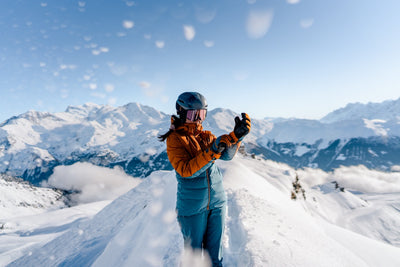
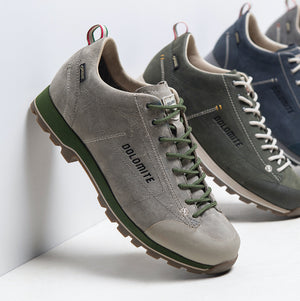
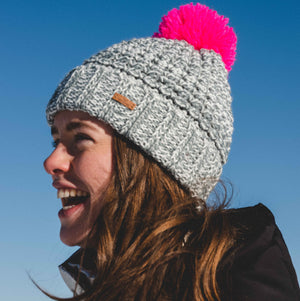
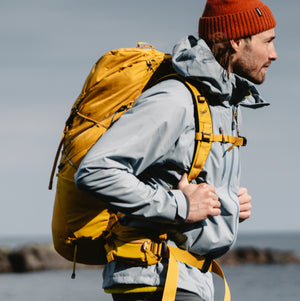
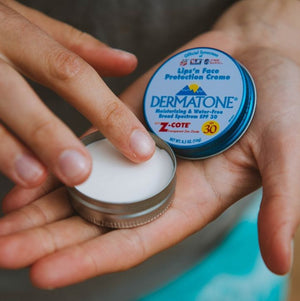
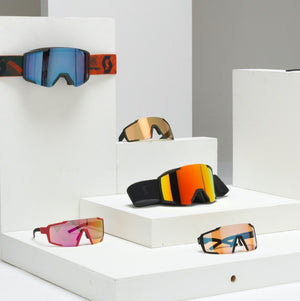
Leave a comment